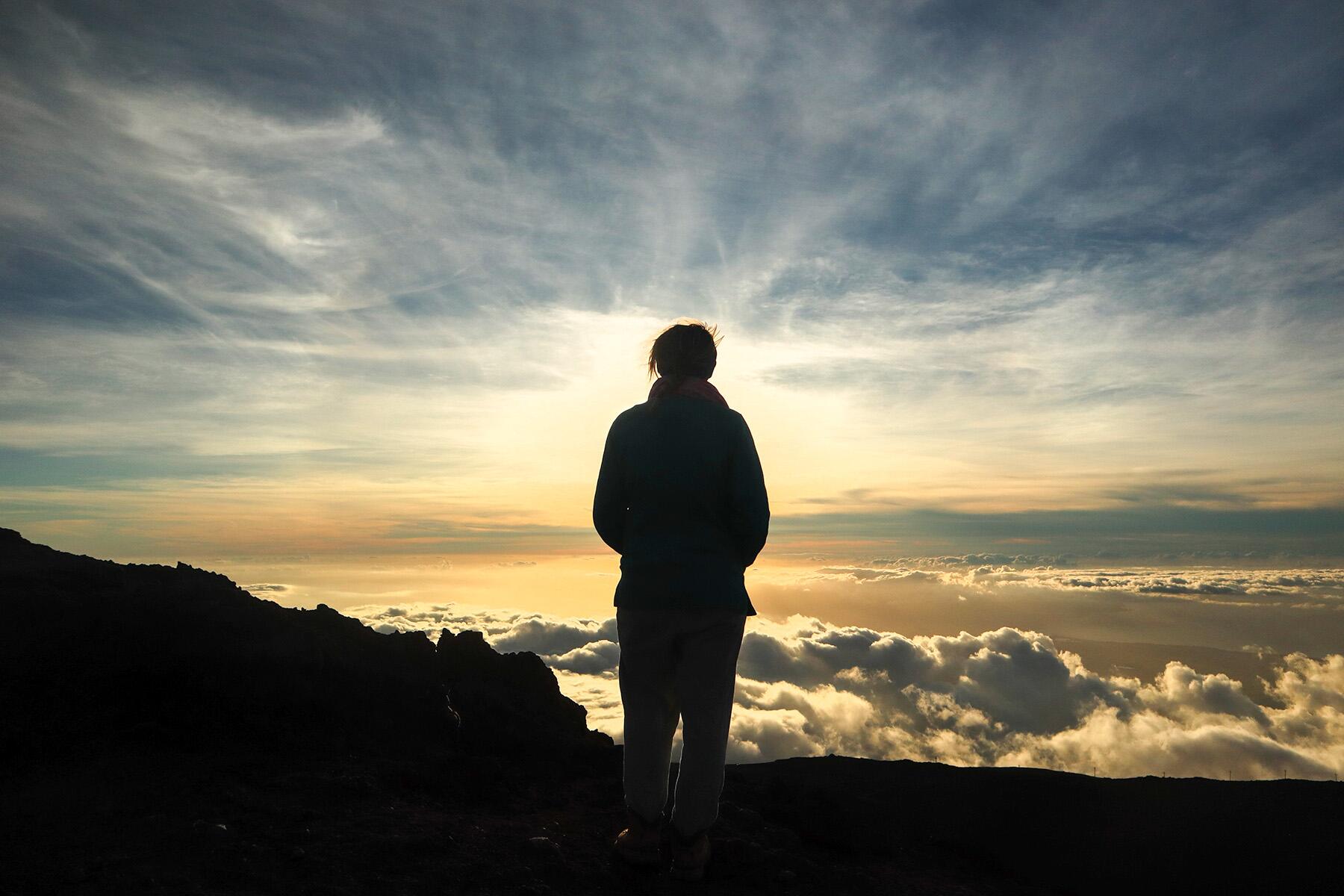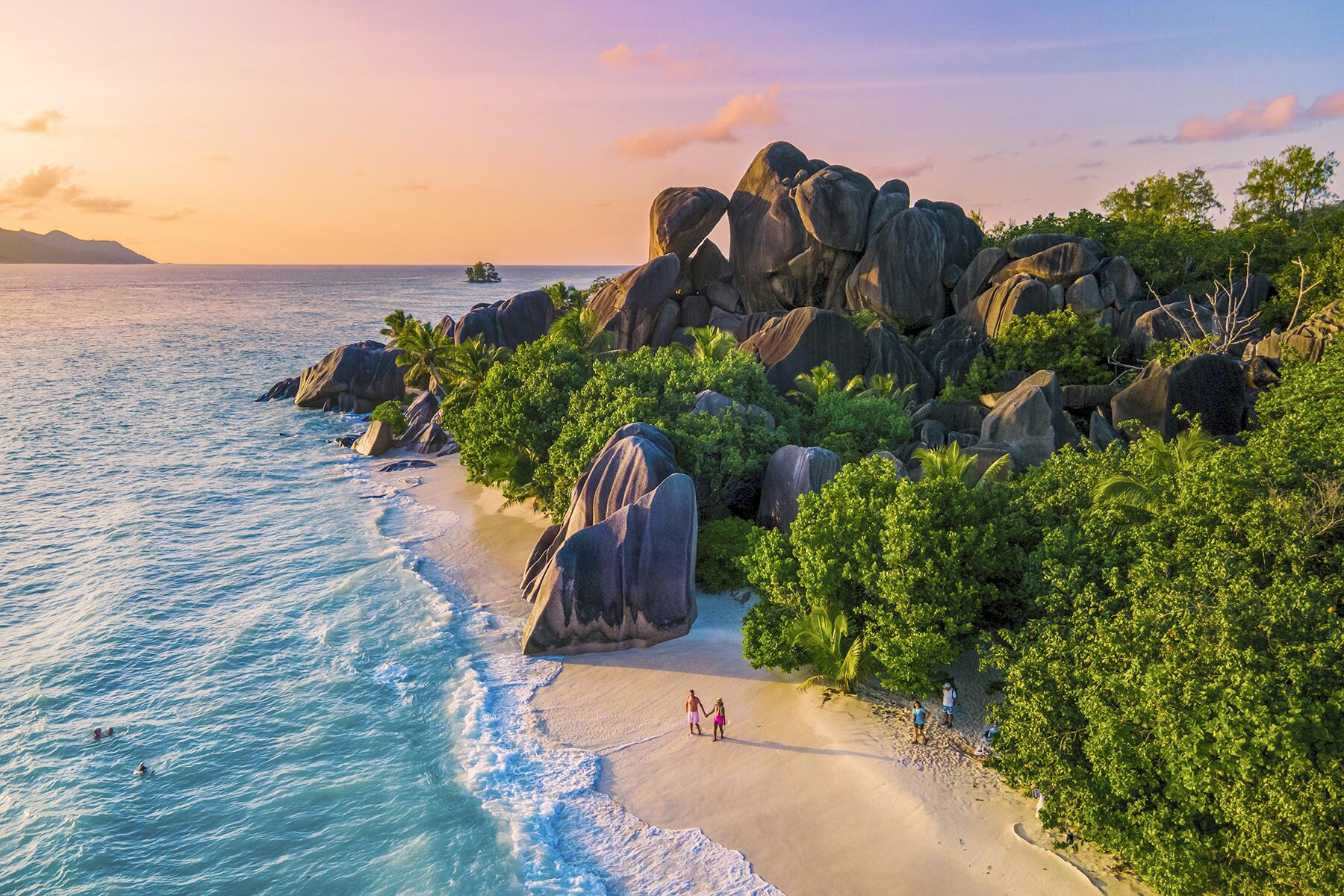It's perfect for an isolation vacation.
In the age of the coronavirus, people are desperate for a vacation, but finding an exciting adventure that minimizes human contact can be surprisingly tricky. Fortunately, outdoor activities like hiking and camping are great options for social distancing, so travelers have been flocking to campgrounds across the country to get away from the dullness of isolation. It can, however, be challenging to find a reserved camping spot when every other bored person has the same idea. But, for those willing to rough it, there is another option: dispersed camping on National Forests.
What Is Dispersed Camping?
Dispersed camping is simple. Anyone can set up camp anywhere in a National Forest as long as it is outside designated campsites. And the best part is, it’s free! (Yes, you read that right.) There is free camping in the solitude of beautiful National Forests all across the United States—the perfect isolation vacation. But, it does come with a catch.
Dispersed camping locations rarely have any amenities, so do not expect tables, a fire pit, or—gasp!—toilets. Because you’ll quite literally be camping in the middle of nowhere, you must go into this journey prepared with a few specialized skills and, of course, a sense of adventure. This means bringing your own water, bear spray, firewood, and trash bags. I would also recommend the camping guide How to S— in the Woods. It’s perfect for learning essential survival tips and understanding how to properly relieve yourself when nature calls.
Recommended Fodor’s Video
And, as always, make sure to remember that, when it comes to dispersed camping, you must follow the Forest Service’s Leave No Trace guidelines.
Picking a Campsite
Because National Forests are federal land managed by the U.S. Forest Service, there are strict guidelines campers must follow. First and foremost, campsites must be set up at least one mile away from existing campgrounds, trailheads, and picnic areas. Furthermore, to protect the forest’s fragile resources and water, campers must set up at least 100 feet away from streams and 150 feet away from roads. It is also essential that cars are only driven on marked roadways—meaning do not go mudding across meadows or tear up hiking trails.

Forest Service personnel also encourage travelers to set up camp on bare soil and in areas where others have camped before. This reduces the impact of humans and protects the plants, soil, grass, and wildlife. Also, be mindful of animal habitats and avoid destroying spider webs or filling in burrows. Remember, you’re a visitor on their land, not the other way around. The wildlife and ecosystems thank you for your cooperation.
Fire Safety
Now that you understand the basic expectations for dispersed camping, it’s time to go over the number one most important rule: fire safety. Trust me when I tell you that forest protection is taken very seriously—for nature preservation as well as safety. Please, do not be that person that leaves their firepit hot and burns down half of California.
Basics for Managing Your Fire
To determine the best spot for a campfire, first search for an existing ring. This will likely be a circle of rocks that someone has set up before. If you cannot find an existing pit, create your own by placing stones in a circle with a two or three-foot diameter. Alternatively, you can dig a hole and use a base of wood, dead grass, and moss. Just try to keep it small. Do not build a ring under low-hanging branches or on meadow or clearing, as this increases the likelihood of forest fires. Furthermore, keep fires at least 100 feet from nearby water to protect the vegetation.
To start the fire, it is highly encouraged that you bring your own firewood. Even better: buy local.
INSIDER TIPSome store-bought wood from major retailers can carry tree-killing insects that hurt the forest. To be better safe than sorry, you can find firewood available at local shops near the forest.
However, if you don’t bring firewood, only collect dead branches and sticks from the ground. It is illegal to cut branches off of living trees or pull bark from their trunks. If you can, keep the wood collection to a minimum as micro-organisms and insects rely on rotting wood for survival. Yes, bugs and microscopic animals are an essential part of the forest’s ecosystem and need to be protected too.

To put out a fire, use water or sand to extinguish the flames and wait until it cools. This is incredibly important as wind gusts can restart a fire if the coals are still hot. It is OK to leave the fire once the coals are cool to the touch.
And last but not least, even if you are a pro fire manager, always check if there are fire restrictions or advisories before you camp. These are found on the U.S. Forest Service’s website.
Dispersed Camping Tips
Me, my boyfriend, and my 110-pound lab, Indiana, have become quite the pros at dispersed camping. Living in Florida for most of quarantine, we had three amazing National Forests to camp at—the Osceola, the Ocala, and the Apalachicola. While dispersed camping may seem scary or concerning, I promise it can be a great time as long as you go prepared. Here are a few tips on how to keep you and the environment safe while out on your adventure.
Bring Toilet Paper
If you really want to go ultra-wilderness mode, you can skip the toilet paper in favor of leaves. But, for those that want something a little softer on the bum (or who don’t feel confident identifying poison oak), you can buy biodegradable toilet paper. It’s cheap and can be buried with human waste.
Bring Firewood and Lighter Fluid
As explained above, you have the option of using deadwood on the ground to start a fire, though it is usually better to bring your own, locally-bought wood. To make the process easier, pack lighter fluid which, according to the Forest Service, is OK to use. Do always check with the visitor center before doing so though as rules might change according to park or environment, and don’t leave the empty plastic container behind!
Meal Prepping
When you’re out camping, you’ll want to whip up some good meals. Whatever you choose to bring, make sure it is in repackageable containers to avoid waste, and bring bio-degradable soap for washing. You want to leave the space exactly as you found it, so minimize the potential for garbage by bringing pre-cut meat, cheese, and vegetables in Tupperware containers. And don’t forget a trash bag.

Be Cautious of Bears
Yes, bears live in the forest. For the most part, they will stay away from you, but one may linger around your campsite at night looking for scraps. To avoid an unwanted bear encounter, try to eat everything you cook and keep the rest far away from your tent. Furthermore, keep bear spray readily available at all times.
Opt for Portable Mosquito Repellant Over Bug Spray
If you end up camping in Florida like me, then you know the mosquitos are miserable. Instead of using mosquito spray, invest in a portable mosquito repellant. Most repellants pose minimal environmental impact and are better than mosquito sprays that are often filled with pesticides and other harmful chemicals.
Bring a Camping Towel and Filtered Water Bottle
When you’re out in nature, things get dirty quickly. In the past, I’ve brought regular bath towels with me to clean up, but found they take forever to dry, especially if it rains a lot. So, the best solution I’ve found is investing in a quick-dry towel. Regardless of brand, most dry within 30-45 minutes and are incredibly absorbent. In addition to the towel, you will want to get a filtered water bottle. You never know what will happen with your fire, so having a plan B for when boiling water isn’t an option is a good idea.
Keep It Environmentally Friendly
National Forests are beautiful, and having the opportunity to indulge in nature is a treat that shouldn’t be taken advantage of. So, if you do decide to try out dispersed camping, make sure to protect the environment that’s so graciously welcoming you. Bring trash bags, use bio-degradable products, and be aware of the wildlife. And, for Pete’s sake, please properly put out your fire lest you want to end up on the news accused of arson.




